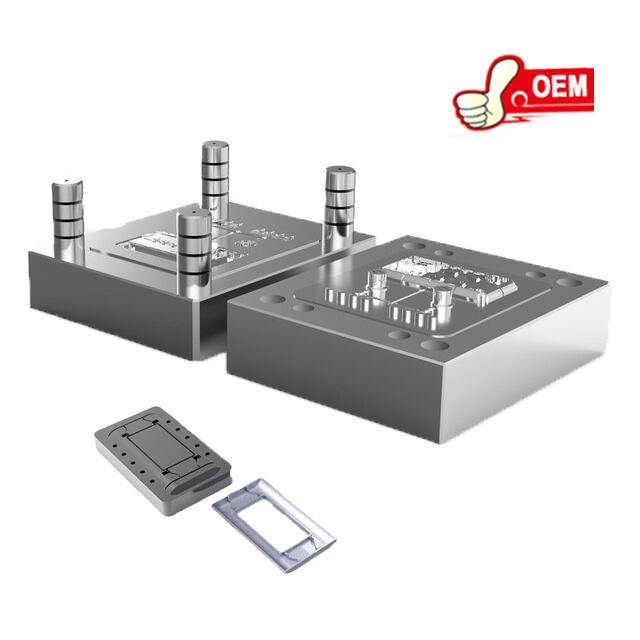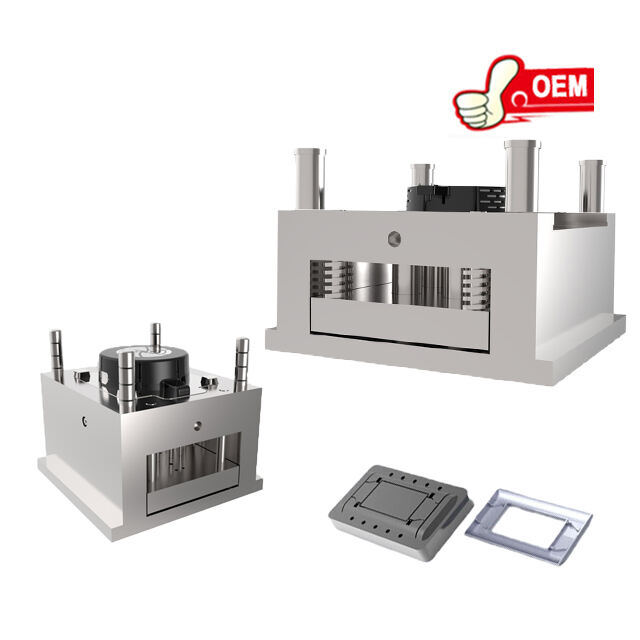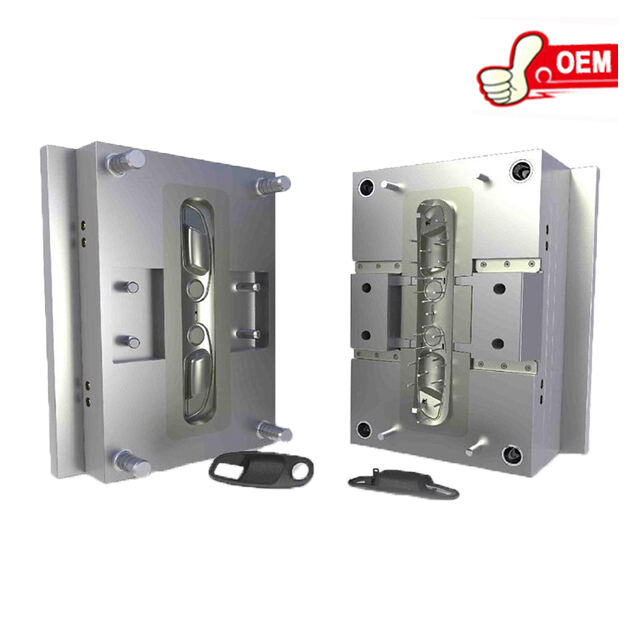3d printed mold for injection molding
The 3D printed mold for injection molding represents a significant leap forward in manufacturing technology. Its main function is to create the cavity into which molten material is injected to form the desired product. This mold is crafted through advanced 3D printing techniques, which allow for intricate designs and complex geometries that traditional methods cannot achieve. Technological features include high precision, the ability to produce molds with fine details, and the capacity for rapid prototyping and iteration. Such molds find applications across various industries, from automotive and aerospace to consumer goods and medical devices, where custom and complex parts are required.


